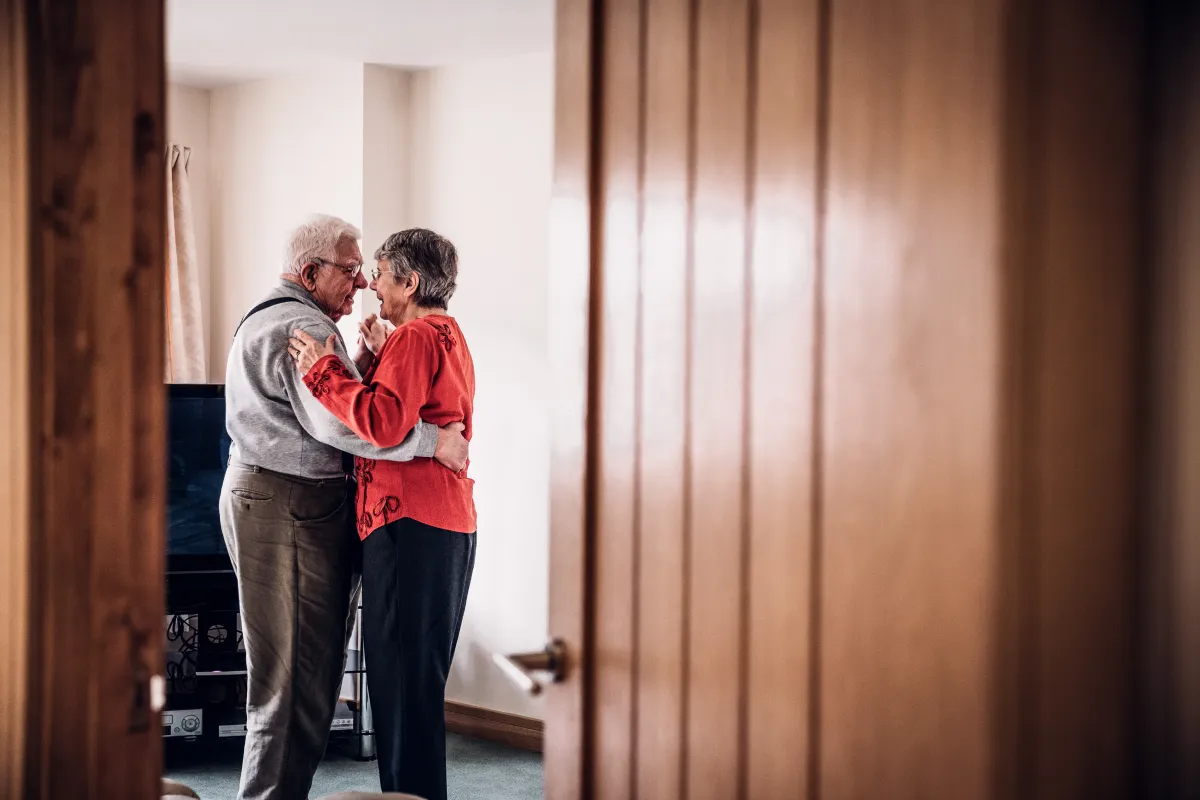It can be so difficult to watch as your parents or other family members age and their health worsens. As they near the end of life, it becomes even more challenging. When can they benefit from hospice for the elderly?
You may think about hospice as a resource for those who have been diagnosed with a specific medical condition like dementia or cancer. While hospice services are often used by people who have those conditions, people with all sorts of medical conditions can benefit from hospice.
Keep reading to learn about hospice for the elderly and how it works.
Signs hospice may be needed
As we get older, our risk of developing chronic diseases increases. In fact, according to the National Council on Aging, 94.9 percent of adults age 60 or older have at least one chronic condition, while 78.7 percent have two or more. That makes it quite common for older adults to face significant health challenges as they get older.
High blood pressure is the most prevalent chronic disease affecting the elderly, impacting 60 percent of older adults, while high cholesterol affects 51 percent. Arthritis, heart disease, diabetes, kidney disease, heart failure, depression, dementia, and COPD are also common.
Most of these medical conditions can be managed effectively through treatment such as medication, but they may worsen over time, even with treatment. Treatment also becomes more complicated, often requiring multiple medications. According to a report from the Centers for Disease Control and Prevention, one-third of adults in their 60s and 70s report taking five or more prescription medications in a 30-day period.
When health conditions become unmanageable (and largely untreatable), hospice for the elderly may be recommended.
Hospice care is available for patients with a life expectancy of six months or less who choose not to continue treatment to cure an illness. Any of the following signs may be an indicator that your loved one might benefit from hospice for the elderly:
- Has no appetite or is steadily losing weight without an obvious reason
- Has symptoms becoming more difficult to manage
- Is experiencing diminishing health with no additional curative treatment available
- Is visiting medical providers or the hospital more frequently
- Often seems confused, uncertain, or restless
- Sleeps for longer periods of time
It may also be time to call hospice if caring for an aging loved one is causing you to feel overwhelmed, stressed, or depressed. Hospice for the elderly can provide a helping hand to allow you to focus on loving your loved one and not being the sole care provider.
How hospice for the elderly can help
If your loved one exhibits any of the signs above, talk with his or her medical providers about whether hospice is appropriate. If a provider determines that an older adult’s life expectancy is six months or less, Medicare and some other health insurances will pay for hospice services.
While many people don’t seek hospice care until the final days and weeks of life, it can benefit both patients and their loved ones months earlier. Though hospice care will not provide curative treatment, it is designed to help patients cope with life-diminishing symptoms such as pain and to help patients and their caregivers walk through end-of-life necessities such as advance care planning.
There are four different levels of hospice for the elderly that vary in the services they provide and the setting where they’re provided.
Routine home care and continuous home care help patients manage symptoms with medications, proper nutrition, and therapy services as needed. Routine care is provided during set hours for patients who are in stable condition, while continuous care is used for longer periods of care when a medical crisis isn’t well-controlled.
Both types of home care are provided wherever the patient is, whether that’s in the home, in an assisted living facility, or in a skilled nursing facility.
General inpatient care is provided when a patient experiences symptoms or other needs that can’t be managed in the home setting. This type of care involves more intensive hospice servings provided in an inpatient setting, such as a hospital, freestanding hospice facility, or a skilled nursing facility.
There’s one final level of care that’s actually intended to provide care for the caregiver along with the hospice patient. During respite care, hospice patients have a short stay in a setting outside the home, such as a hospice facility, a nursing home, or a hospital, to allow caregivers a small amount of time for “respite.” This provides a break from caregiving responsibilities and time to rest.
Regardless of the level of hospice care your loved one needs, studies have shown that hospice offers many benefits. Those who receive hospice services experience increased family satisfaction and better symptom management.
Learn more
Hospice of Northeast Georgia Medical Center partners with you and your family to provide excellent care and enhance your quality of life. Call 770-219-8888 or visit our website for more information about how we can help.



